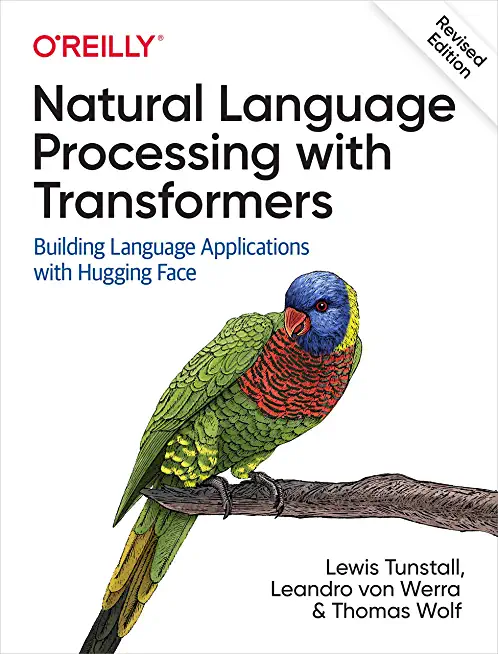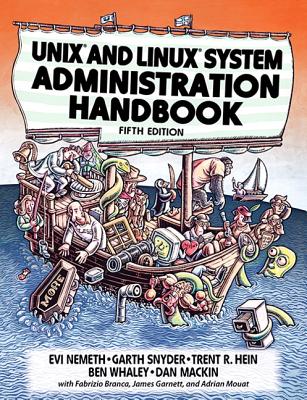Agile and Fundamentals of Product Ownership Training in Flower Mound
|
We offer private customized training for groups of 3 or more attendees.
|
||
Course Description |
||
|
This course explores the fundamentals of effective Product Ownership on an Agile team. Agile Training course provides extensive knowledge and understanding of the principles of Agile, demonstrates how to use the product backlog as a tool for driving successful product outcomes, instructs in the ways of working in partnership with the development organization, and provides a context for how to affect change across the entire organization.
Objectives for Training. Upon successful completion, students will be able to:
Describe the responsibilities of the Product Owner role
Leverage techniques for gathering proactive input from stakeholders outside of the Agile team
Develop a shared understanding of vision, goals, and objectives among Agile team members
Articulate the needs of users in the form of User Stories and Acceptance Criteria
Apply multiple approaches for elaborating details about User Stories
Distinguish between prioritization and ordering within the Product Backlog
Represent the team’s forecast and progress using information radiators that manage stakeholder expectations
Express continued opportunities for improvement, based on insights gained during class
Course Length: 2 Days
Course Tuition: $790 (US) |
||
Prerequisites |
|
| Experience in software development, project management, or business or systems analysis is desirable, but not mandatory. | |
Course Outline |
|
1. Iterative Development
The Iterative Philosophy
Structure of a Typical Iteration
The Business Case for Iteration
2. Agile Development
Agility – What Does it Mean?
The Agile Manifesto
The 12 Agile Principles
Agile Practices
3. The Project
Best Practices
Structure of an Agile Project
Work Products
Project Roles
What are they
Responsibilities of each
Team self-organization
Who should play the roles
Sharing the Vision
Working with Stakeholders
Using a Roadmap
Creating a Release Plan
Project Meetings
4. User Stories & Requirements
What is a User Story?
What Does a User Story Look Like?
Where Do User Stories Fit in Scrum?
5. Planning an Agile Project
The Product Backlog
Mapping Features to
Product Backlog Items
Writing and working with User Stories
Understanding and creating Acceptance Criteria
Prioritizing your stories
Grooming your Product Backlog
Accepting or Rejecting the work
Identify User Stories from Features
Estimating Effort for User Stories
6. Agile Estimation
Story Points & Ideal Days
Estimating Actual Effort
Velocity
Velocity & Actual Time
Estimating with Planning Poker
7. Planning a Sprint
Mapping a Sprint Backlog to Tasks
The Spring Planning Meetings
Velocity-driven Planning
Commitment-driven Planning
8. Executing a Sprint
The Task Board
The Daily Scrum
Accumulating the Burndown
Team Self-Management
Aborting a Sprint
Finishing Early or Late
Testing with the Sprint
Bugs in an Iteration
Ending the Sprint
Deploying the Software
9. Effect on Stakeholders
Business Analysts
Developers
Project Managers
Testers
Documentation Writers
10. Scaling
Planning for Dependencies
Planning for Multiple-Team Projects
11. Appendix A – Agile Alternatives
Extreme Programming
Agile Unified Process
|
Course Directory [training on all levels]
- .NET Classes
- Agile/Scrum Classes
- AI Classes
- Ajax Classes
- Android and iPhone Programming Classes
- Azure Classes
- Blaze Advisor Classes
- C Programming Classes
- C# Programming Classes
- C++ Programming Classes
- Cisco Classes
- Cloud Classes
- CompTIA Classes
- Crystal Reports Classes
- Data Classes
- Design Patterns Classes
- DevOps Classes
- Foundations of Web Design & Web Authoring Classes
- Git, Jira, Wicket, Gradle, Tableau Classes
- IBM Classes
- Java Programming Classes
- JBoss Administration Classes
- JUnit, TDD, CPTC, Web Penetration Classes
- Linux Unix Classes
- Machine Learning Classes
- Microsoft Classes
- Microsoft Development Classes
- Microsoft SQL Server Classes
- Microsoft Team Foundation Server Classes
- Microsoft Windows Server Classes
- Oracle, MySQL, Cassandra, Hadoop Database Classes
- Perl Programming Classes
- Python Programming Classes
- Ruby Programming Classes
- SAS Classes
- Security Classes
- SharePoint Classes
- SOA Classes
- Tcl, Awk, Bash, Shell Classes
- UML Classes
- VMWare Classes
- Web Development Classes
- Web Services Classes
- Weblogic Administration Classes
- XML Classes
- Fast Track to Java 17 and OO Development
8 December, 2025 - 12 December, 2025 - Python for Scientists
8 December, 2025 - 12 December, 2025 - RED HAT ENTERPRISE LINUX SYSTEMS ADMIN II
8 December, 2025 - 11 December, 2025 - Introduction to Spring 6, Spring Boot 3, and Spring REST
15 December, 2025 - 19 December, 2025 - See our complete public course listing
Agile/Scrum Uses & Stats
|
Difficulty
|
Popularity
|
Year Created 2001 |
|
Pros
Faster Deployment of Solutions
Gives Every Team Member a Purpose
Keeps the End Goal in Mind at Every Level
Promotes Flexibility in Order to Adapt
Faster Detection of Issues and Defects |
Cons
Can Act As a Band-Aid to Bigger Problems
Can Create a Micro-Managed Environment
Not Everyone Is On Board
Push for Higher Performance
Not Well-Suited for Every Project |
| Agile/Scrum Job Market |

Average Salary
|

Job Count
|

Top Job Locations
Agile and SCRUM methodologies are practiced mostly in larger organizations that have cross-platform teams that need to be on the same page. Adoption rates vary in different industries.
Industry Agile Adoption Rate Software (ISV) 23 percent Financial services 14 percent Professional services 12 percent Insurance 6 percent Healthcare 6 percent Government 5 percent Telecoms 4 percent Transportation 4 percent Manufacturing 4 percent |
|
Complimentary Skills to have along with Agile/Scrum
Agile Methodologies and Frameworks include: ASD - DevOps - DAD - DSDM - FDD - IID - Kanban - Lean - SD - LeSS - MDD - MSF - PSP - RAD - RUP - SAFe - Scrum SEMAT TSP UP XP The Standards and Bodies of Knowledge Include: BABOK - CMMI - IEEE standards - ISO 9001 - ISO/IEC standards - PMBOK - SWEBOK - ITIL |






